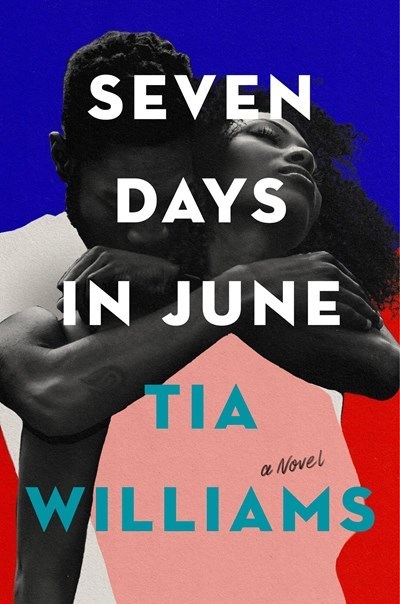In fiction, the corporal ecstasy of sexual tension often comes in peaks and waves. That’s not always how it feels in reality, however. In Brandon Taylor’s short story collection, sexual tension acts more like an undertow, lurking to pull its victims down below.
Author Roxane Gay has described the stories in Filthy Animals as “melancholic”—truly the right word for this collection. Taylor’s characters endure rape, sexual abuse, suicide, violence, cancer and familial abandonment while searching for friendship, love, sex or even just respect. Many of his characters are LGBTQ, partially closeted and living in the Midwest, which in many cases amplifies their struggles.
Several of the stories center on three young adults named Lionel, Charles and Sophie. Lionel is a former graduate student who recently tried to take his life. At a party, he meets Charles and Sophie, two dance students who are in an open relationship. The enigmatic and possibly sinister couple is drawn to Lionel’s fragility, and they begin to pull at his threads, trying to unravel him. Taylor’s depiction of the complicated power dynamics in an open relationship calls to mind Luster, Raven Leilani’s brilliant debut novel.
As difficult as the subject matter may be to stomach at times, Filthy Animals is full of beautiful writing. However, since some stories feature the same characters and others do not, the reading experience lacks cohesion. It’s easy to spend too much time trying to find connections where none exist, which can be a frustrating way to engage with a book.
Nevertheless, the characters in Filthy Animals are relatable in ways we may not want to admit to ourselves, especially regarding unmet desire. A reader doesn’t need to share Lionel’s mental health issues and sexual confusion to understand his shame at being truly seen. Fans of Taylor’s work will be fascinated by Filthy Animals, but newcomers should be aware that it’s an intense read.


















